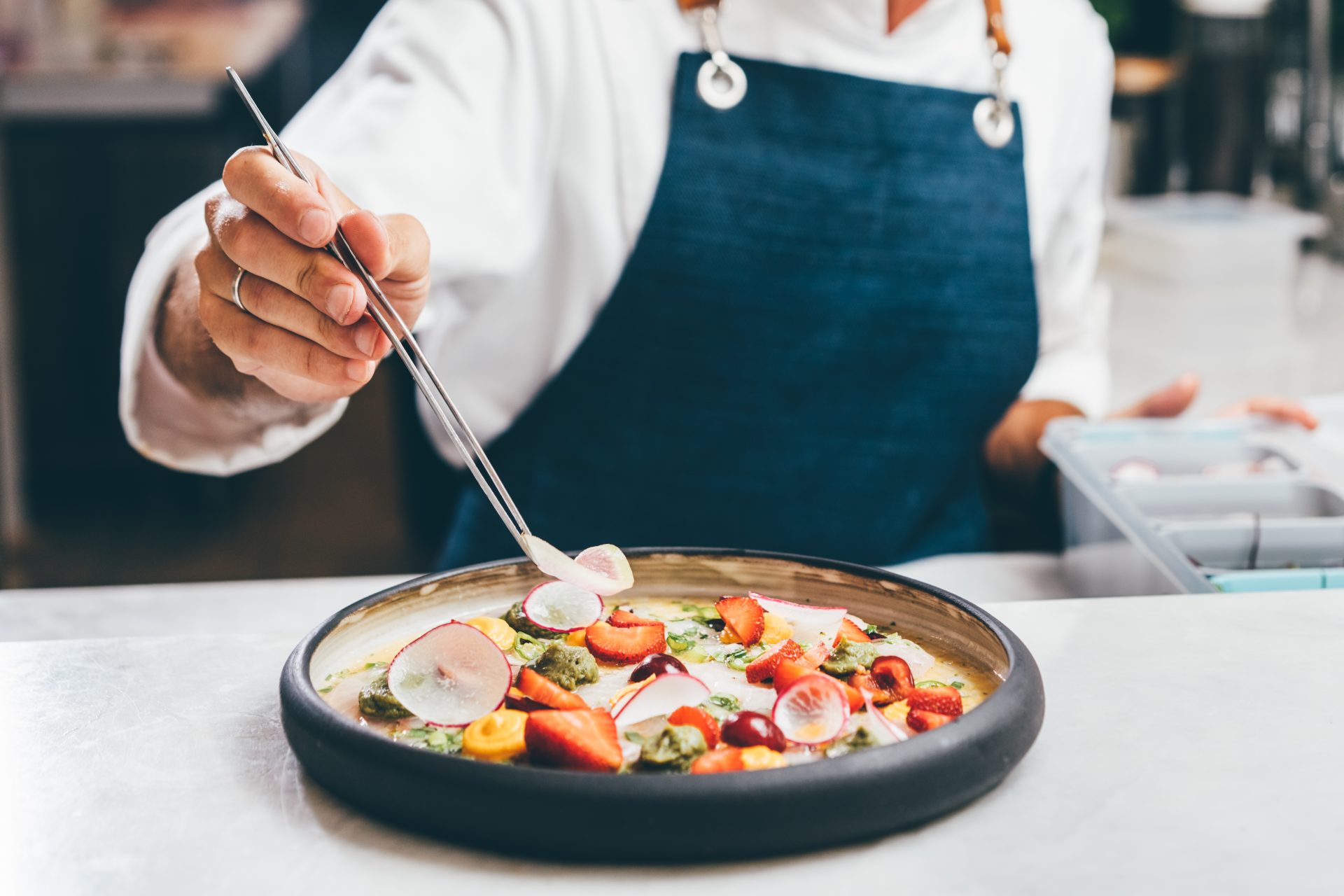Discover the incredible wine regions of Portugal!
When it comes to wine, Portugal is a prominent country on the world stage. Check out what each region of the southern European country has to offer and why this small country has such a special production!
Altogether, Portugal has 14 demarcated wine regions: Vinhos Verdes, Trás-os-Montes, Douro, Távora-Varosa, Dão, Bairrada, Beira Interior, Lisbon, Tagus, Setúbal Peninsula, Alentejo, Algarve, Madeira and Azores.
Photo: Rach Sam / Unsplash
These regions form the fourth largest vineyard area in Europe and total an average of 200,000 hectares.
Photo: Jill Wellington / Pixabay
Each area corresponds to a geographical indication where 343 grape varieties are grown, according to the national Institute of Vine. 149 of them are white and 194 are red grapes. Within that amount, 250 are indigenous - that is, of 100% Portuguese origin.
Photo: Nicky / Pixabay
Each region of Portugal has its own identity that dictates the flavor of each wine: be it the Atlantic, Continental, or Mediterranean part of the country.
Photo: Svetlana / Pixabay
The Atlantic area includes the production Minho (green wine), Beira Atlântico (Bairrada), and Lisbon. These regions have moderate temperatures and fertile soils, which favor the production of less matured grapes.
Photo: Alejandro Piñero Amerio / Unsplash
The wines produced in this region have little sugar, medium to low alcohol content, are fresh, have moderate acidity, and have a "crispy" effect, which makes them very appealing and pleasant.
Photo: Fred Crandon / Unsplash
Green wines were the first Portuguese originals to be exported. Its nomenclature has nothing to do with the color of the drink, however. It can even be white, rosé, red, or even sparkling wine.
Photo: Paul Zoetemeijer / Unsplash
There are two theories about the name 'green wine'. The first refers to the region's natural landscape of hills and mountains, predominantly green in all seasons. The second deals with a reference to the grapes produced on site which, in the past, were harvested while they were still green - that is, before their complete maturation.
Photo: Tamara Malaniy / Unsplash
In this area, two varieties can be found in abundance: Baga, a vigorous red variety with small bunches and late maturation, and Bical, a very early variety with high alcoholic potential and producing soft and aromatic wines.
Photo: John Cameron / Unsplash
Known by many for its unique hills and valleys, the 'Behind-the-Hills' region brings unique characteristics to its grapes. Its wines are known not only for their diversity but also for their quality, balance, complexity, and structure.
The Lisbon region has an average of 55,000 hectares of cultivated grapes and is considered the most productive in Portugal. Some experts divide it into two areas, Extremadura and Ribatejo.
Photo: Elisa Michelet / Unsplash /
The wines, with a maritime influence from Lisbon, have a lower alcoholic gradation and are known for their lightness, especially compared to those from Minho.
Photo: Svetlana Gumerova / Unsplash
The productions of the Douro, Dão, Beira Interior, and Távora-Varosa regions fall within the Montanhoso or Continental profile. These are areas known for full-bodied wines with intense tannins.
Photo: Bruno Ferreira / Unsplash
Continental wines have an acidity that varies from medium to high. They have an aging potential that gives this area its particular value. There is not much distinction between the varieties, but every flavor composition is linked to the earth.
Photo: Eduardo Lages / Unsplash
Touriga Nacional is an iconic grape variety in Portugal that gained notoriety for being present in the classic Port Wine. It is a grape with an intense flavor that gives the wine an excellent concentration of color and high complexity.
Photo: Wendell Adriel / Unsplash
Távora-Varosa was the first region demarcated for sparkling wine in Portugal. Its production dates back to the 17th century when the Cistercian monks in this region began making the drink. The characteristics of the area allow the production of fresh wines with high acidity.
Photo: Nacho Domínguez Argenta / Unsplash
The production of the Dão is closely linked with climatic factors. The region's cold makes it difficult for the grapes to reach maturity and the tannic acids can therefore be very strong.
The Mediterranean Profile or Plain includes the Tagus, the Setúbal Peninsula, the Alentejo, and the Algarve. These regions produce wines with higher sugar content, smooth tannins, and controlled acidity.
The Tagus Region is one of the oldest producers of the drink in Portugal. The temperate climate serves as the basis for the creation of smooth, velvety, fruity wines with soft acidity.
The Setúbal Peninsula region is marked by high temperatures, which provide fruity, young wines with good acidity. One of the best-known is Moscatel.
Photo: Yoko Correia Nishimiya / Unsplash
The Alentejo is a region of high temperatures and little rain: characteristics that determine the quality of the wine. There are modern vineyards, responsible for producing refined red wines with medium tannins.
Photo: Joana Santinhos / Unsplash
Regarding the production of white wines, the region produces medium-bodied to full-bodied drinks, similar to the Chardonnay style.
Photo: Alvaro Carrilho / Unsplash
The Algarve is located in the extreme south of mainland Portugal. It has a well-defined and beachy climate which gives a unique characteristic to the wine produced there.
Photo: Bonat / Pixabay
The Algarve's white wine has a delicate flavor, as well as a characteristic aftertaste of a warm region. The red is velvety, full-bodied, and well-structured.
Photo: Photomix
Grape production in the Azores archipelago takes place on three islands; Graciosa, Biscuits, and Pico. Due to the climate and soil, the region offers fresh wine but with remarkable acidity.
Photo: Maria and Fernando Cabral / Pixabay
Wine from Madeira Island is known for its ability to age. It makes for extremely long-lasting drinks, sometimes for decades or even centuries. "Have Some Madeira M'Dear!"
Photo: Christina / Pixabay






































